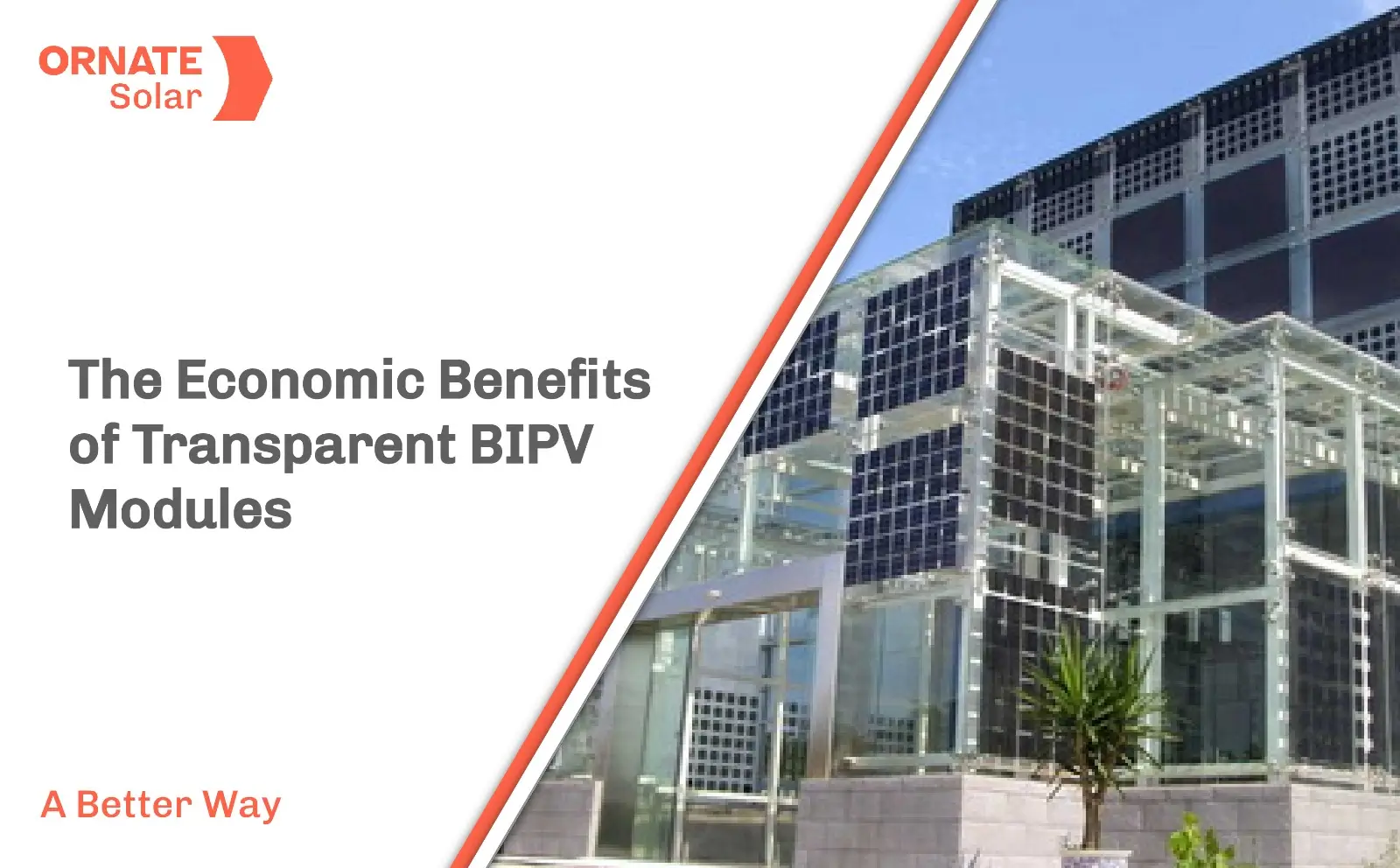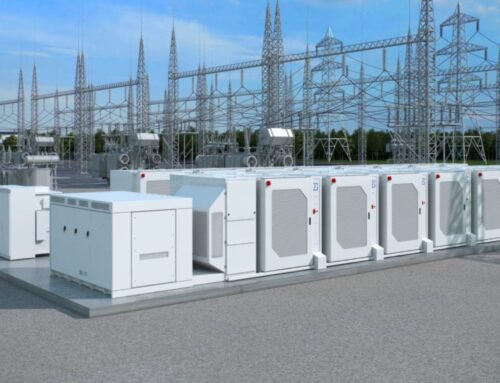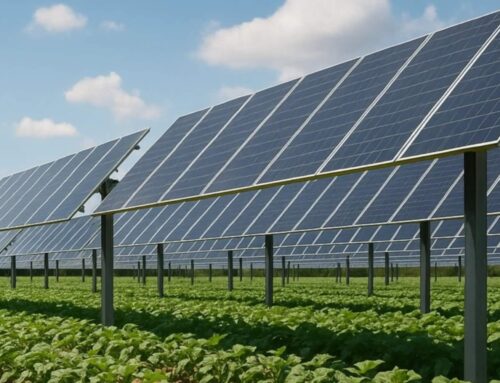

Transparent Building Integrated Photovoltaic (BIPV) modules are emerging as a revolutionary technology that seamlessly integrates energy generation into the building envelope, offering significant advantages over traditional photovoltaic systems and other renewable energy alternatives. These modules integrate photovoltaic technology into transparent surfaces like windows and facades. They show great potential for economic advantage against traditional solar panels and other renewable energy solutions.
Economic Benefits of Transparent BIPV Modules
Dual Functionality and Cost Savings
One of the primary economic advantages of transparent BIPV modules is their dual functionality. These modules act not only as building elements themselves but also as producers of energy. They partly substitute usual windows, façades, or skylights. Integrating photovoltaic cells into the transparent surfaces ensures that transparent BIPV modules do not require any additional solar panels and building elements. This, therefore, gives double benefits by reducing the overall cost.
Energy savings and decrease in cooling loads
Transparent BIPV modules are a way to save energy by reducing the cooling load of a building. Studies have shown that Semi-Transparent Photovoltaic (STPV) windows can obstruct up to 65% of heat energy compared to clear glass, significantly lowering the amount of heat entering the building. The resultant decrease in heat gain directly results in reduced expenditures on air conditioning thus giving financial benefits to building owners. In regions where cooling expenses make up a large portion of energy costs, using transparent BIPV systems can bring about considerable cost savings for households. According to a study, in comparison to the simple glaze window, an energy-saving of up to 43% with the STPV window was observed. However, it is to be noted that these energy-saving changes with WWR, orientation, and module transparency.
Short Energy Payback Time (EPBT)
One of the key factors is the Energy Payback Time of transparent BIPV modules. EPBT refers to the amount of time that a photovoltaic system takes before generating an amount of energy equivalent to that used in its production. With CO2 trading, the PBT of BIPV systems could be 10 years. In some other works, the PBT of STPV systems is found to be 15 years or at least less than the life of the technology. However, in a case study, it has been found that the EPBT drops from 12-13 to 3- 3.2 years with the consideration of energy saving by the STPV systems in the buildings of UAE.
Life Cycle Cost (LCC) and Net Present Value (NPV)
Transparent BIPV systems also show very promising Life Cycle Cost and Net Present Value metrics. The LCC includes the total cost related to ownership over the lifetime of a system, including initial investment, maintenance, and operational costs. NPV measures a project’s profitability by discounting expected future cash inflows to their present value. Very often, because of their dual functionality and energy saving, the addition of transparent BIPV modules represents a lower LCC and a higher NPV compared to traditional building materials and separate solar panels. All these financial metrics underline their cost-effectiveness and long-term value.
| Feature | Normal Infrastructure | Infrastructure with Transparent Solar Modules |
|---|---|---|
| Initial Cost | $250 – $400 per square meter | $2,000 per square meter |
| Electricity Generation | None | 50-200 watts per square meter (depending on technology) |
| Efficiency | N/A | 5-10% efficiency |
| Maintenance Costs | Standard building maintenance | Additional maintenance for solar panels |
| Energy Savings | N/A | Reduction in electricity bills due to self-generation |
| Payback Period (PBP) | N/A | Typically, 10-15 years depending on usage and location |
| Life Cycle Costs (LCC) | Lower (No energy generation benefits) | Higher initial costs but lower long-term costs due to energy savings |
| Environmental Impact | Standard carbon footprint | Reduced carbon footprint due to renewable energy generation |
The table compares normal infrastructure with infrastructure incorporating transparent solar modules (TSM). It highlights that while TSM infrastructure has a significantly higher initial cost of approximately $2,000 per square meter compared to $250-$400 per square meter for conventional infrastructure, it offers substantial long-term benefits. TSM infrastructure generates electricity (50-200 watts per square meter), leading to energy savings and a lower carbon footprint. The efficiency of TSMs ranges between 5% to 10%. Despite the higher initial investment and additional maintenance costs, the payback period for TSMs is typically 10-15 years, making them a cost-effective choice in the long run. Over their life cycle, TSMs result in lower overall costs due to continuous energy savings, thereby offsetting the initial expenses.
The minimum feasible size of the infrastructure with transparent solar modules to be cost-effective compared to normal infrastructure is approximately 55 square meters. Beyond this size, the TSM infrastructure starts to be more cost-effective due to the cumulative energy savings outweighing the higher initial and maintenance costs.
Environmental Benefits
Transparent BIPV modules offer significant environmental benefits, making them an inevitable choice for future building designs. They reduce greenhouse gases through solar energy and limit dependence on fossil fuel-based electricity. This can help create cleaner air and a healthier environment within buildings that would have fitted transparent BIPV modules, thus meeting global sustainability goals and standards set by governments in terms of their commitment to green building practices.
One of the most overpowering factors in assessing the environmental impact of STPV systems is the energy mix of the country where PV modules are fabricated. Modules like Cadmium Telluride have the least GHG per unit of energy produced.
Supportive Building Regulations and Standards
Another force that is pushing transparent BIPV modules to the front line of adoption includes the increasingly stringent building regulations and standards, coupling energy efficiency with sustainability. Most governments and international organizations have incentivized the use of renewable energy technologies through policy and promotional measures in their application to building construction. For example, the PM Surya Ghar scheme assists with BIPV installations.
Transparent BIPV modules, on this count, would be well-placed to take up these regulatory demands by providing an integrated solution that addresses energy generation and building envelope performance in one system. Because regulatory frameworks are continuously changing, the role of such user-friendly and transparent BIPV systems will become more important and therefore will help in increasing demand.
Conclusion
Transparent BIPV modules are one huge step heading toward renewable energy and sustainable building design. They command several economic benefits regarding short EPBT, and positive life-cycle costs compared to traditional building materials and other renewable energy systems. In addition, the environmental benefits that come with them, together with future building regulations, make them quite inevitable in the future of sustainable architecture.
About Ornate Solar
Ornate Solar is a leading solar company with 10 years of experience in the industry and the mission to reimagine the way solar is installed worldwide.
By not only partnering with the best-in-class solar brands but also developing our high-quality solutions, (panels, solar inverter, accessories, InRoof), we develop and deliver solutions that are modern, reliable, and effective.
If you are looking for high-quality solar solutions, reach out to us at 011 43536666 to discuss your options.










Leave A Comment